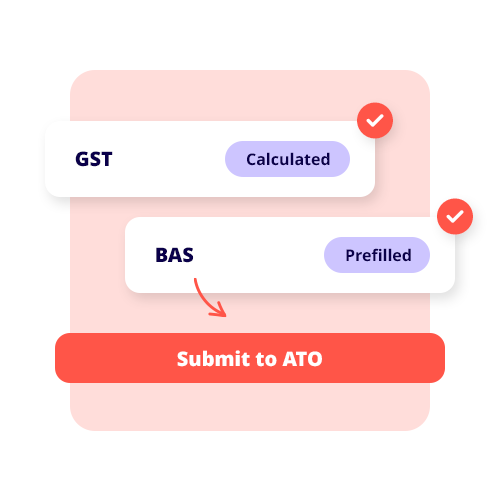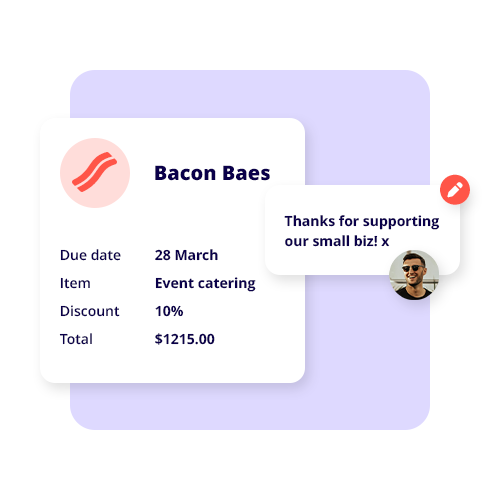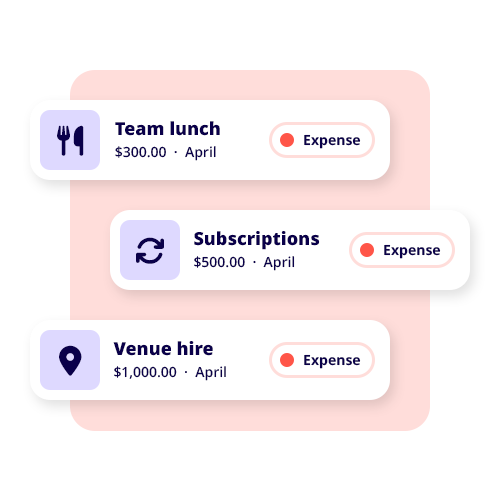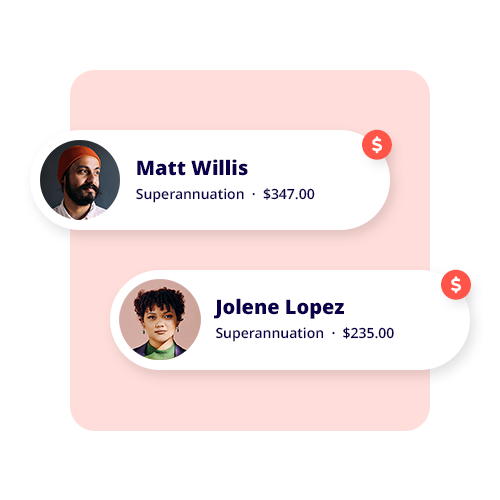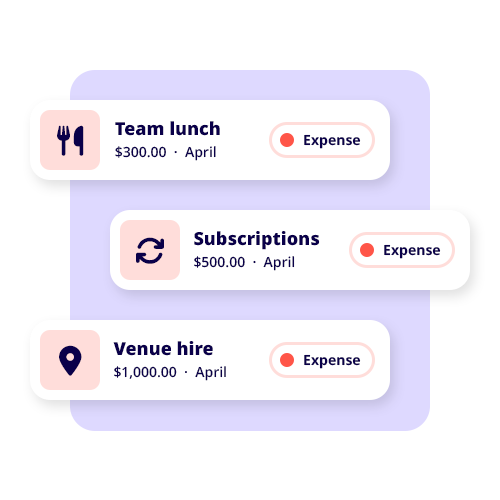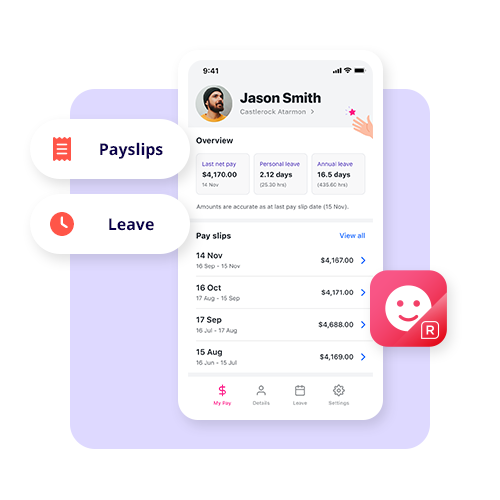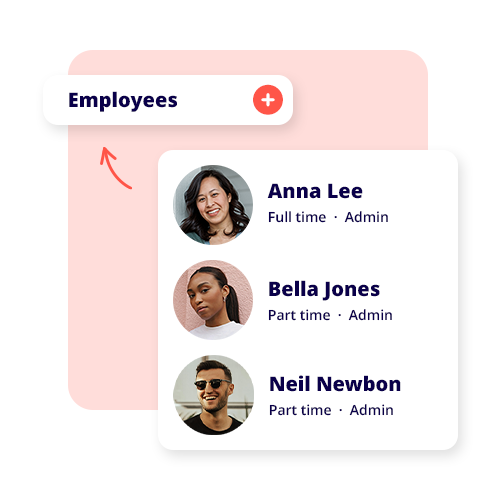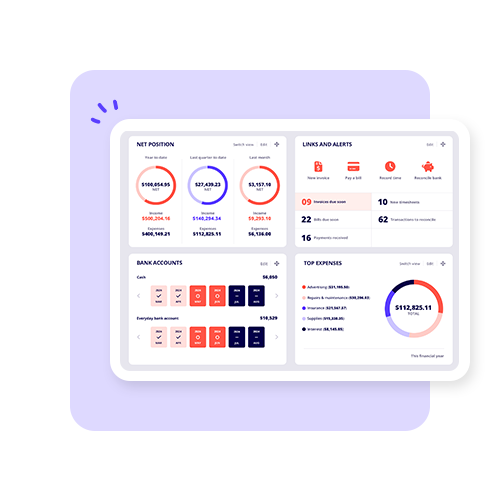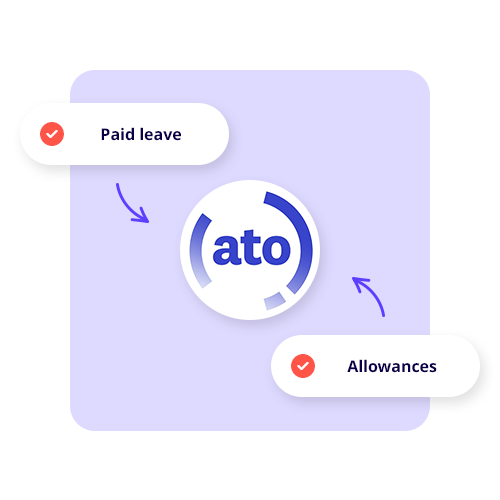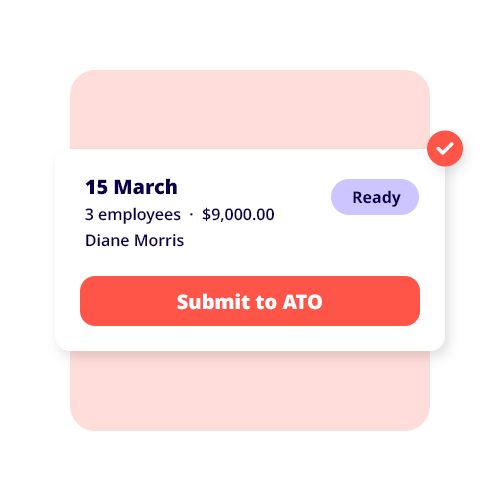All Australian charities and community organisations need to view financial reports as part of the foundation of their systems. Staying on top of them equates to good governance and stronger relationships with members, potential donors, corporate sponsors, funders, and regulators. After all, a well-put-together annual financial report can analyse reams of financial data and turn it into a story about your operations and how you used that money to do good for the community in the past year.
Who needs to lodge what
Every Australian charity (other than those registered with ORIC) has to submit an Annual Information Statement (AIS) to the ACNC each reporting period. Medium and large charities – except Basic Religious Charities – also have to attach an annual financial report. Small charities can choose to do this if they want (and many do because it makes them more transparent).
Think of the ACNC as the national ‘not for profits commission’. If your NFP is set up as a company but also a charity, most of the reporting you do will go to the ACNC instead of ASIC. By contrast, public companies lodge with ASIC and report to shareholders.
Either way, your financial report has to comply with Australian Accounting Standards. You’re expected to give a true and fair view of your financial position and performance, and be approved by your board members (‘responsible people’).
What your annual financial report should include

At minimum, medium and large charities have to submit:
- A statement of profit or loss and other comprehensive income (aka the income statement or income statements).
- A statement of financial position (aka the balance sheet).
- A statement of changes in equity, which covers accumulated funds for many NFPs.
- A cash flow statement showing cash flows from operating, investing and financing activities.
- Notes to the financial statements (think policies, judgments, related parties, and more), plus a signed responsible people’s declaration and an auditor’s report.
Reporting entity, GPFS vs SPFS and the standards that matter
Your first technical decision will be to figure out whether the charity is a reporting entity. Reporting entities prepare general purpose financial statements (GPFS). Others might have to prepare special purpose financial statements (SPFS), but these still rely on accounting standards disclosures.
Lots of charities now adopt AASB 1060 (Tier 2) simplified disclosures, which streamlines notes while preserving decision-useful detail.
A few of the Standards to keep on your radar include AASB 101 (presentation), AASB 107 (cash flows), AASB 108 (policies, estimates and errors), AASB 1054 (Australian additional disclosures), and AASB 124 (key management personnel and related party disclosures).
How to read a nonprofit’s annual report like a pro
A strong annual report makes the most of both the narrative and the numbers. It can be helpful to use an annual report template that puts the statement suite and notes beside plain-English explanations of things like your programs, outputs, and risks.
Here’s how to interpret each statement.
1. Statement of profit or loss and other comprehensive income
Your profit and loss statement shows income, expenses, and the year’s profit (surplus) or loss (deficit). Look particularly at revenue streams (donations, grants, investments, fee-for-service) and the cost base (employee benefits, program costs, overheads).
If ‘other comprehensive income’ appears, it usually relates to revaluations or actuarial movements – items that bypass the surplus/deficit but still have a role to play with equity.
What to ask: Are program expenses rising in tandem with funding? Are fundraising costs proportionate to the income raised? Does the profit policy match the reserves targets and risk appetite?
2. Statement of financial position (balance sheet)
A point-in-time presentation of assets, liabilities, and accumulated funds. For NFPs, keep an eye on cash, receivables (including grants due), investments, property, and creditors or provisions. The biggest signs of resilience are healthy liquidity and sustainable debt, as well as adequate reserves.
What to ask: Can the organisation meet its short-term obligations? Are restricted funds ring-fenced? Are property values current?
3. Statement of changes in equity
Shows any movements in accumulated funds from surpluses/deficits and any direct-to-equity adjustments. For charities that have reserves policies, this statement is a way for board members to track designated funds for future projects.
4. Statement of cash flows
Unlike the income statement, this one tracks money in and out. Operating cash explains the core operations engine, whereas investing covers things like capital purchases and term deposits, and then financing activities include borrowings and lease payments.
What to ask: Does operating cash consistently line up with surpluses? Are our capital plans realistic given how much cash is generated?
5. Notes to the financial statements
The notes turn highly complicated data into context – think accounting policies, critical estimates, grant recognition, lease terms, related party disclosures, and risks. Good notes should link back to your organisation’s activities, not just the rulebook.
What level of assurance do you need?
A full audit can give you and your supports a higher level of assurance that the financial statements are free of misstatements and compliant with the relevant framework. Bear in mind that large charities require an audit, while medium charities can choose an audit or a review.
Either way, the auditor’s report (or reviewer’s report) is attached to the annual report and helps donors, funders, investors, and creditors see that the numbers have been independently checked.
Using financial reports to make better decisions
For management and the board, financial reporting is essentially a ‘dashboard’ that you can use to:
- Test sustainability by trending your cash runway, operating cash conversion, and fixed-cost cover.
- Compare program ratios year-on-year and make sure overheads are as manageable as possible while you scale.
- Strengthen your fundraising efforts. Make sure you share good financial information with your corporate sponsors and grant makers – nothing builds support like transparent numbers tied to outcomes.
If you’re just starting out, take advantage of an existing annual report template. That way you can plan your audit early on and create notes that connect the numbers to real-world outcomes. For established organisations, take the time to refine your narrative and include trend analysis. You’ll also want to keep your disclosures current as accounting standards change over the years.


























